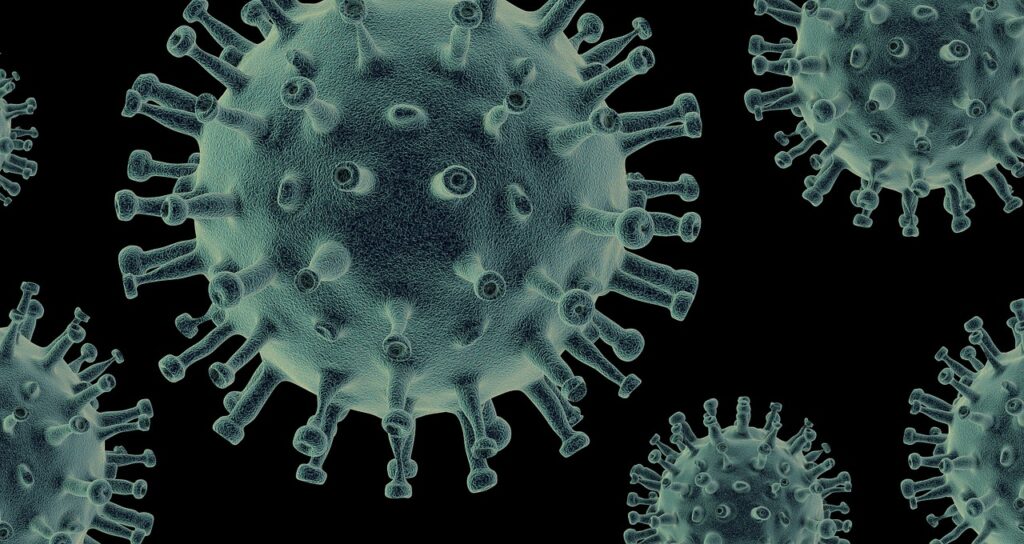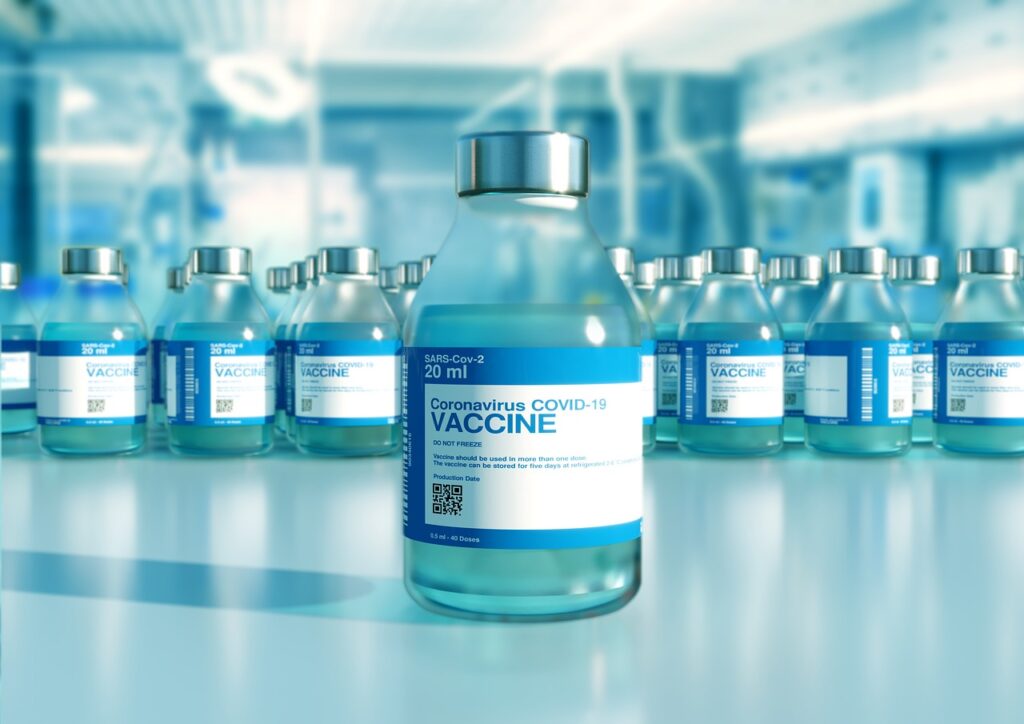Vaccines
Whatever the used vaccine platform (inactivated virus, protein subunit, adenovirus vector, mRNA), upstream process development should aim to reduce the manufacturing cost while increasing the production yield.
Many factors should be taken into consideration while producing vaccines and are directly linked to the cell line. Hence, keeping this latter in its optimal state is a key factor to produce high amount of vaccines with good quality.


Example
Virus amplification may be inhibited by key nutrients of cell culture and cumulative by-products such as lactic acid and ammonia. Isn’t it crucial, then, to study the changes in cell metabolism throughout the production and monitor the expression of genes that are implicated in glycolysis and nitrogen fixation?
In addition to cell metabolic status, cell proliferation should be well studied since virus replication requires a stage of cell growth.
We’ll reveal, together, the variations of genes that interest you so you will define the right time to infect your cells to achieve high production yield.
Publications portfolio
Fang Z, Lyu J, Li J, Li C, Zhang Y, Guo Y, Wang Y, Zhang Y and Chen K (2022), Application of bioreactor technology for cell culture-based viral vaccine production: Present status and future prospects. Front. Bioeng. Biotechnol. 10:921755. doi: 10.3389/fbioe.2022.921755
